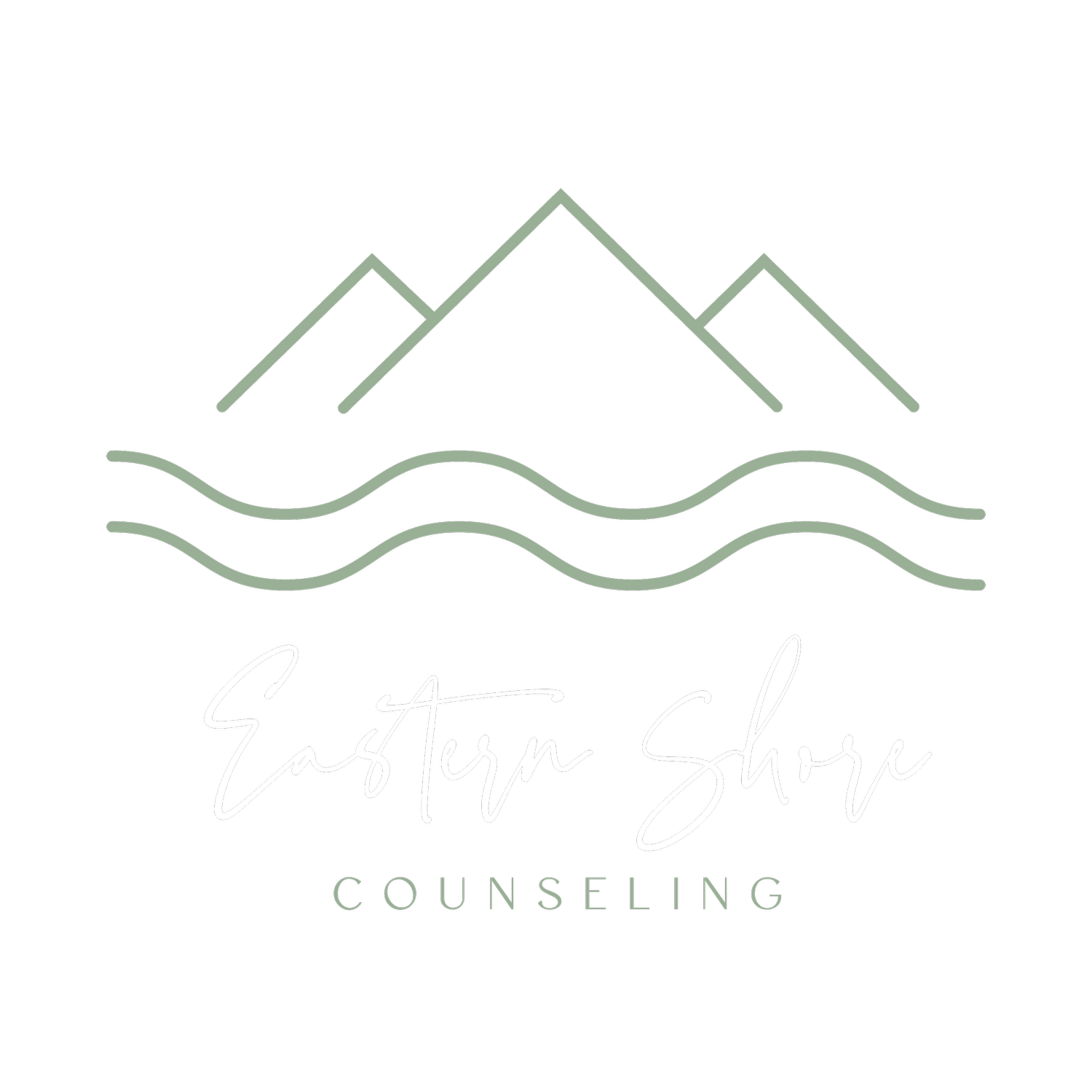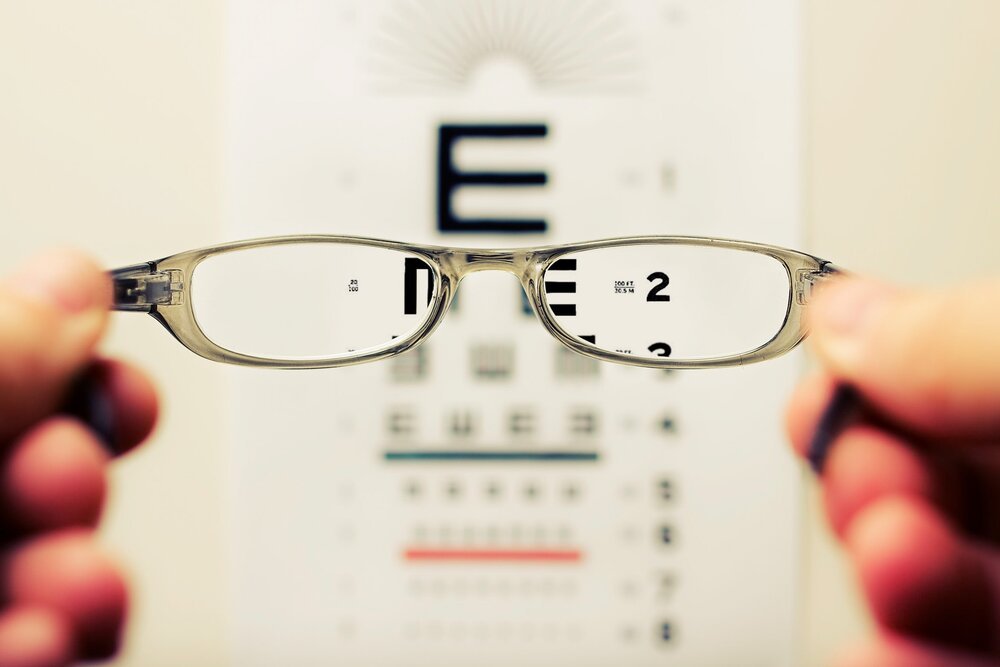Increasing Focus and Decreasing Anxiety with Counseling
We live in a time when distractions are at our fingertips. We carry with us miniature computers alerting us continuously throughout the day of what other people are doing and how many emails we have. We know that with a simple click of a button we can find out almost anything we want to know. In many ways, this is an incredible gift. There is much to hold gratitude for with this wealth of knowledge and easy access to our loved ones. The problem is that it’s hard to create and maintain boundaries with the amount of time we engage with these devices. They can quickly become a way to pull you out of feelings you don’t like. You may find yourself reaching for them anytime you experience an unpleasant feeling. Instead of developing an understanding of these feelings, distractions quickly dismiss them and encourage you to ignore them as well. This brings an immediate, but short-lived sense of relief.
This easy access to distractions is dangerous for people who struggle with anxiety or ADHD. In both disorders, the person who has them is often seeking avoidance or dissociation from current events. It becomes very challenging to dismiss the urge to distract. In some cases, distraction feels like survival and often, for most with these disorders, at one point, it was.
When this maladaptive coping skill comes into play, the brain quickly attaches itself to it and strengthens this neural connection. Eventually it becomes an automatic response and the person finds themselves seeking distractions continuously. While cell phones are the most obvious culprit for distractions, we can find distraction in most things. Even a load of laundry can be tempting when seeking avoidance. This can look like beginning several tasks and completing them halfway, the inability to sit through a meal without looking at your phone, difficulty maintaining focus in conversations, or procrastinating from what truly needs your attention.
Whether you meet the criteria for these disorders or not, it seems that the brain is being primed for distractions due to the lifestyles many of us live today. Let’s review some of the ways you can set boundaries with these distractions and lean into a calm, focused state of mind.
How To Set Boundaries for Focus
Designate times for scrolling/emails/texting:
How many times have you opened your phone to reply to a text and found yourself years deep in someone’s social media history? Or perhaps you went to look something up and found yourself sucked into tik tok videos? If you can relate, you’re not alone. The brain seeks the feel good neurotransmitters that are connected to these actions. The overstimulating content creates an escape, excitement, and immediate boost of these neurotransmitters. And while that may sound great, the result is that reality feels more dull when the brain gets accustomed to this level of stimulation.
It’s pretty unrealistic to suggest eliminating smartphones in the world we live in, but we can work to set some serious boundaries with them. There are a few different ways you can do this, but ultimately, the aim is consciously choosing to engage for a select period of time. Here are some ways you could set these boundaries (but feel free to create your own style if that works better for you!):
Eliminating overused apps from your phone during certain times of the day and re-uploading them during your time of use. While this task is tedious, it can be helpful in the early stages of boundary setting as it forces that shift out of impulsively checking apps. You may even notice that you’re searching for the app with your hand before you consciously recognize what you’re doing. If so, congratulations! The boundary you’ve set is working its magic and allowing you to consciously engage with your phone.
Utilizing your phone's settings to establish time limits for particular apps. If you’ve ever looked at your screen time notifications and felt shocked by the time spent on your phone, this may be a helpful step. Within the settings on your phone, you can establish time limits for whichever apps you choose. At the time when your limit is reached, a notification will pop up on your phone and block you from continual use of the app. This being said, you can still request additional time or ignore the limit altogether, so it still takes a good amount of self-control. Nonetheless, it increases awareness of the amount of time spent on those apps.
Placing your phone in a designated spot in your home or work place so that it’s out of reach. If you’re old enough (like myself) to remember times before cell-phones, you can think of this setup similar to that of a corded landline phone. Giving your phone a home such as a window sill, bureau, or desk can break you from impulsively reaching for it throughout the day. This is also great for someone who constantly loses their phones throughout the day (guilty). In this way, you know where your phone is when you need it, but you are consciously choosing to go get it rather than mindlessly pulling it out of your pocket.
Establishing check in times periodically throughout the day: The amount of times you need to check your phone varies from person to person, so this rate will vary depending on individual needs, but for those who can do this, it can be largely beneficial. This can pair nicely with keeping your phone in a designated place. Establish distraction free zones for working:Whether you work in an office, from a coffee shop, or from home, each setting has the potential to be distracting and each holds space for focus. Pay attention to what pulls you away from your work. This will vary from person to person. It’s important that you know what distracts you so that you can work to create separation from those things.
Considerations for public settings:
Noise canceling headphones
Headphones for music that promotes focus (i.e. binaural beats for focus)
Respectful communication with others to establish boundaries
Task lists with priority levels
Considerations for home settings:
Work space separate from view of household tasks
Focus music or white noise
Clean/organized space for work setting
Task lists with priority levels
Establishing separate times for work tasks and home tasks to prevent multitasking
Name uncomfortable feelings as they come up:
Distractions pull us away from discomfort, and while there’s a time and place for this, it’s often overused. This results in a continuous numbing effect and detachment from authentic feelings. When you feel yourself pulled in a different direction from what needs to be done, ask yourself how you’re feeling. Are you bored, sad, hungry, lonely, nervous, or excited? Maybe you’re feeling mixed emotions. Distractions will only pull you further away from recognizing what these feelings are and how to cope with them. Distractions, when used regularly, often leave people feeling detached from themselves and unaware of their needs. Naming your emotions in the moment can be a helpful step in reconnecting with your authentic self.
Establish adaptive coping skills for discomfort:
Distractions are a form of coping, but not one you want to rely on heavily. As discussed, this coping is maladaptive when used regularly as it drives you further away from healing with what troubles you in the first place. Adaptive ways of coping involve conscious action directed towards helping yourself through pain and discomfort. Here are some adaptive coping strategies to try instead:
Breathwork: 4,7,8 breathing helps move the nervous system into a relaxed state. This method involves breathing in for the count of 4, holding for the count of 7, and breathing out for the count of 8. Box breathing can also help with focus and relaxation. This involves breathing in for the count of 4, holding for the count of 4, breathing out for the count of 4, and again holding for the count of 4. Repeat as needed. There’s also a more dynamic approach called the Wim Hof breathing method which involves 30 deep continuous breaths followed by a breath hold. This method offers benefits of improved focus, decreased stress, and increased energy.
Grounding techniques: Stress can be visualized as frantic energy circulating in the brain. We want to pull that energy downward towards the rest of the body and ultimately feel a sturdiness in the body that was previously lacking. Grounding techniques can provide this. A popular technique is called the 5,4,3,2,1 technique. This allows you to focus your thoughts in the moment through observation of 5 things you can see, 4 things you can feel, 3 things you can hear, two things you can smell, and one thing you can taste. Another simple technique is taking your shoes off and walking outside to better connect your energy with that of the earth. Similar to this could be taking your shoes off indoors or or laying down on the floor. You can add further benefits by imagining a string positioned in your core and pulling down to anchor your body into the earth.
Calling a support person: Think of a person in your life who listens when you’re having a hard time and provides the space you need to get through hard moments. Hard times are much easier to transition through when you don’t feel alone. If someone can relate to how you’re feeling, it reduces feelings of shame and allows you to better face what troubles you.
Journaling: Writing thoughts down can provide a break from cyclical thought patterns and create clarity. Many times, you can identify a solution to your problem when you take the time to write it out. If no solution presents itself, there remains great benefit in holding space to process your thoughts and feelings.
Creative outlet: Creativity allows for expression that can be hard to find in words. There are many ways to tap into creativity. Some include: drawing, painting, sculpting, coloring, or photography. You can even harness the very feelings that you’re avoiding and release them in creative expression. You’ll be surprised at the therapeutic benefit from this alone.
Develop affirmations for remaining focused on one task at a time:
Words are powerful and how you speak to yourself can either be motivating or discouraging. Realizing you need more focus doesn’t immediately leave you focused from here on out. There will be challenges. Each slip up presents itself as an exercise when you bring yourself back. Developing helpful phrases for support can greatly impact your ability to move in the desired direction. Here are some examples: “I can stay on task”, “one thing at a time”, “the next task will wait for me”, “I’m in control of my actions”, “I can focus”, “I can return my attention to where it’s needed.”, and/or “each time I return to focus, I’m exercising my mind.” Practicing affirmations out loud can point you in the direction of which phrases feel like a good fit to you. Once you find yours, repeat them often.
Practice mindfulness for your mental health:
Mindfulness is the art of consciously engaging in the moment without judgment. Mindfulness allows you to observe, connect, and focus. You can start with something small each day and slowly build up to incorporate more mindful moments throughout the day. Something routine such as brushing your teeth can be a good place to start. Think about how often you do this while doing something else or at least while thinking about something else. Mindfully brushing your teeth involves focusing on what is happening at that moment. How does the toothbrush feel in your hand? What does the toothpaste look like as you squeeze it onto the brush? How does the toothpaste affect your mouth as you begin brushing? What happens to the water droplets that spray into the sink when you turn the water on? Mindfully engaging in these actions frees you from being mentally pulled in several directions. It has a meditative effect, which brings us to the next topic!
Meditate To Reduce Symptoms of Anxiety:
Many people refer to meditation as emptying the mind, but I like to think of it as exercising the mind. Sometimes you’re trying to release all thoughts and other times, you are placing focus on something you’d like to bring in. Meditation can increase your ability to focus throughout the day as you build this muscle of the mind during your meditation practice.
If you’re currently feeling impulsive and easily distracted, you may have a hard time meditating at first. It can be very frustrating at the start because you’re forced to sit still despite the discomfort. Many people don’t like this and give up in the beginning. Unfortunately, this only allows your discomfort to grow. When you continue meditating, you ultimately gain the ability to sit still through discomfort. This enhances your ability to respond to stress in an adaptive manner. With the skills you build through meditation, you’ll find it much easier to regulate your response when a trigger occurs. This regulation is what distractions are aimed at, but instead of placing the power in something outside of yourself, you are learning to do this from within.
Exercise is Mental Health Care:
Studies have shown that moderate exercise is as powerful as medication for anxiety and ADHD. The chemicals released when you exercise can have a lasting impact on your overall functioning and greatly improve your ability to navigate challenges. Exercise in and of itself is a challenge. Each time you work through the resistance of starting and getting through the routine, you increase your confidence in your ability to do hard things. And just like most things, when you push through it without distractions, you complete your goal that much faster.
Simplify/Minimize:
Often, the desire to distract feeds into the idea of needing more. We are very conditioned to believe that one more item or one new activity will bring us closer to happiness. If you’ve heard the phrase, “a cluttered space is a cluttered mind”, then you might already know that a decluttered space means greater focus. Think about the running to do list that emerges in your mind as you peruse your space and see all that needs tending to. The same is true for the continual filtering of items in your line of vision. It’s exhausting to have to sort through items in your mind regularly. Sometimes this is necessary, but for most of us, there are ways to pair down. These very things take up space in the mind and lead to decision fatigue. When you’re bombarded with choices and need to bypass several items in order to get to where you need to be, it’s extremely distracting. When you let go of what you don’t need, you’re left with more time and a greater ability to focus on what truly needs your attention.
Rebuild your relationship with yourself:
With less distractions comes more time with yourself and your thoughts. If you don’t like being alone and are often trying to find ways to escape your thoughts, then this might be the driving force of your distractions. It doesn’t mean that you need more distractions, but rather that it’s time to repair your relationship with yourself. While this may seem like a big undertaking, it’s definitely doable and worth your time. Therapy can be a great place to start this repair process. You may have a specific narrative about yourself that is holding you hostage. It’s time to rewrite that. It’s time for you to take up space again.
Distractions are all around us. It’s easy to get lost in them. It’s possible to use the distractions for coping, but this only exaggerates the issues you’re running from. The work towards distracted-free living brings up many challenges in the beginning, but brings you towards a sense of peace with yourself that can feel incredibly empowering. You can do hard things without distractions. You do not need one more item to fulfill you. You have what you need within yourself. It’s time to lean in.
At Eastern Shore Counseling, we have an incredible team who is dedicated to helping you reduce symptoms of anxiety, increase focus and go after goals that will help you grow into a better human being. Schedule a free session with one of our providers at our office in Gorham, Maine or for online counseling.
Your path to reduced anxiety symptoms and enhanced well-being begins here.



